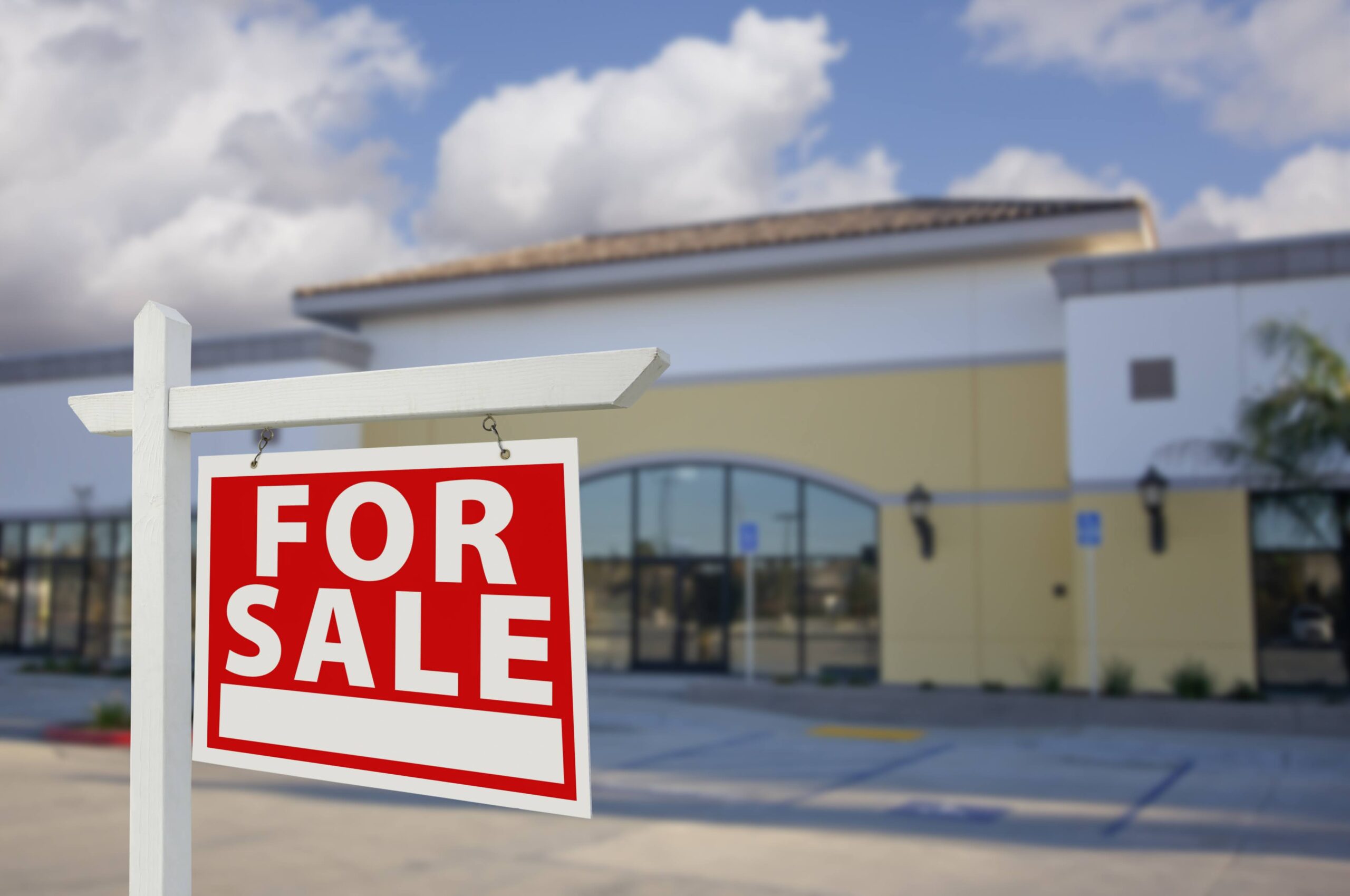Even in an ultra-connected world, physical signage is a key element in selling real estate. People who drive past your locations recognize their potential, placement, and amenities without having to look too far. But what makes a good commercial real estate sign? And what makes a bad one? Learn a few key tips for success.
1. Keep it Simple
How much information should you put on your sign? The answer is, not too much. Include just what is needed to sell the property but not extraneous information. If a buyer is attracted to the property enough to want more details, provide them with a phone number, address, and website to follow up on.
It can be challenging to decide when to stop providing more information on a property. But each word, number, or symbol you add must have an important reason to be there. More empty space is better than too little.
2. Use Branding
Signs are always excellent opportunities for business branding. And while the purpose of a commercial real estate sign is to sell the property in question, it should also help build your brand in local buyers’ minds. At a minimum, this sign should usually include your brand colors, name, and logo.
Branding sets your properties apart from all your competitors’ offerings. As customers get used to seeing your color scheme, for instance, they will come to instinctively associate it with the quality of choices you offer.
3. Choose Quality Materials
Signs on commercial properties must stand up to the weather and other wear and tear for a significant period of time. Make sure you choose sign materials that can do the job and keep looking great. A worn-out sign is not only hard to read but could easily turn off a potential buyer.
Treated wood is a common choice for large commercial signs and frames, and it can be very durable. However, it can also be difficult to move around and suffer during harsh weather or outdoor infestations. Powder-coated steel frames and aluminum are very hardy and will keep their appearance. Similarly, use materials rated for the outdoors—such as enamel—for the sign itself.
4. Make It Readable
Who is the target audience for your real estate sign? Do you want to reach pedestrians? Public transit riders? Drivers? If you want to get the attention and interest of the latter two, in particular, the sign must be eminently readable very quickly and from a distance. The key to legible signs for on-the-go travelers is the right font, size, and color.
Skip the fancy fonts and stick with one that is as easy to read as possible. Make it as large as is feasible for the sign and the information you must include on it. And use high-contrast colors so those in cars can glance at it and know what is being said.
5. Match the Location
Where should you place the sign? The right location depends on several factors, and sometimes you have little choice. But when you have options, match the right sign with the right spot.
What might such a match look like? A large V-shape or double-sided sign needs to take advantage of the directions in which it can be seen. Signs inviting people to visit a property should be closer to the entrance or driveway. And a fluttering sign only works best in a breezy location such as next to a street.
Get all these elements right by working with the professional sign team at Distinct Sign Solutions. We’ll put our 50 years of experience to work for your Virginia business. Call today to learn more tips or make an appointment in person.

